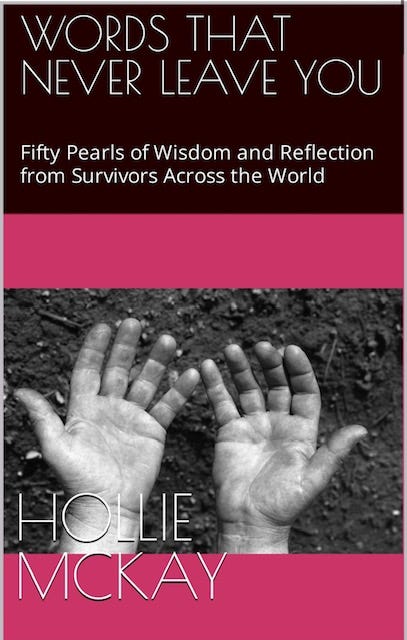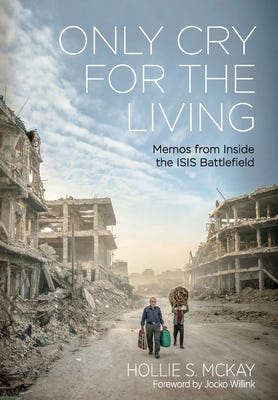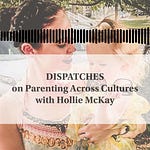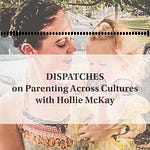Human trafficking is a brutal predicament that affects millions of people worldwide. For some, it is an entrapment that consumes the duration of their lives.
But what exactly is human trafficking?
According to the United States government, this egregious crime, also called modern slavery, involves using force, fraud, or coercion to obtain some type of labor or commercial sex act. The U.S. specifically divides human trafficking into two main categories per the Trafficking Victims Protection Act of 2000 (TVPA).
Sex trafficking: the recruitment, harboring, transportation, provision, obtaining, patronizing, or soliciting of a person for the purpose of a commercial sex act, in which the commercial sex act is induced by force, fraud, or coercion, or in which the person induced to perform such act has not attained 18 years of age; (and)
Labor trafficking: the recruitment, harboring, transportation, provision, or obtaining of a person for labor or services through the use of force, fraud, or coercion for the purpose of subjection to involuntary servitude, peonage, debt bondage, or slavery.
However, there are multiple sub-categories, including child trafficking, which specifically targets children for sex and labor trafficking to child marriage and the use of minors in armed conflicts. There is also bonded labor, commonly called debt bondage, whereby a trafficker forces an individual to work or marry against their will for exploitation purposes. Furthermore, there is the horrid atrocity of organ trafficking, which entails the illegal and involuntary removal, sale or transplantation of human organs, tissue or cells.
And how do the predators pick their prey?
The methods used by the unscrupulous to entice victims vary, but often involve violence, manipulation, romantic relations or distorted promises of high-paying jobs or visas in a foreign country. Traffickers hunt the most vulnerable in society, targeting those suffering from psychological, emotional or financial hardship. Traffickers exploit language barriers and prey on areas of conflict and political instability or in the aftermath of a natural disaster. Studies also indicate that traffickers disproportionately hone in on at-risk populations such as individuals who have experienced, or still experience, abuse and violence – especially displaced persons, runaway youth and unaccompanied minors fleeing poverty, war or seeking better economic opportunities.

In some societies, the social depreciation of women and children also makes them more exposed to traffickers, especially in terms of sexual servitude. In addition, industries with a high demand for cheap labor, such as hospitality, construction, and agriculture, exacerbate the trafficking crisis.
Indeed, it is a sickly profitable business. Human trafficking generates upward of $150 billion per year. An estimated two-thirds stem from commercial sexual exploitation, with the rest from labor-related subjugation. Modern slavery is also the second fastest-growing criminal enterprise globally, second only to drug trafficking. Moreover, it is an affliction that impacts more than 25 million individuals worldwide at any given second.
And while traditional definitions stress that human trafficking is a crime committed against an individual within a country or transgressing international borders, it is critical to note that traffickers themselves can be individuals or part of a larger group.
They can also be governments, otherwise characterized as state-sponsored trafficking. According to the U.S. State Department, while protocol calls on governments to “proactively address trafficking crimes, some governments are part of the problem, directly compelling their citizens into sex trafficking or forced labor.”
“From forced labor in local or national public work projects, military operations, economically important sectors, or as part of government-funded projects or missions abroad to sexual slavery on government compounds, officials use their power to exploit their nationals,” the State Department explains. “To extract this work or service, governments coerce by threatening the withdrawal of public benefits, withholding salaries, failing to adhere to limits on national service, manipulating the lack of legal status of stateless individuals and other minority groups, threatening to punish family members, or conditioning services, food, or freedom of movement on labor or sex.”
The 2022 Trafficking in Persons Report specifically underscores eleven governments with a documented “policy or pattern” of human trafficking, whether in official programs, forced labor within the public sector, sexual slavery in government camps, or the employment or recruitment of child soldiers. These red-flagged nations include Afghanistan, Burma, China, the People’s Republic of Cuba, Eritrea, Iran, Korea, the Democratic People’s Republic of Russia, South Sudan, Syria and Turkmenistan.
However, it is also vital not to conflate trafficking and smuggling. While trafficking does not mandate the physical movement of a victim – although it can be domestic or transnational – smuggling warrants the illicit transportation of a person across an international border. This issue is always multinational and requires one’s consent. However, smuggled individuals often end up prey for trafficking predators.
Sadly, situations of human trafficking are often challenging to identify and grossly underreported. It is a complicated problem that requires a multipronged approach, including social services, law enforcement and discerning citizens, to stop the abhorrent yet growing scourge.
PLEASE CONSIDER A PAID SUBSCRIPTION TO THIS SUBSTACK TO HELP KEEP INDEPENDENT, ADGENDA-FREE WRITING AND JOURNALISM ALIVE. THANK YOU SO MUCH FOR YOUR SUPPORT.
For speaking queries please contact meta@metaspeakers.org
HOLLIE’S BOOKS (please leave a review)
** Short read of meaningful lessons gleaned from the ordinary forced to become extraordinary
Order your copy of “Afghanistan: The End of the US Footprint and the Rise of the Taliban Rule” out now.
For those interested in learning more about the aftermath of war, please pick up a copy of my book “Only Cry for the Living: Memos from Inside the ISIS Battlefield.”
If you want to support small businesses:















Share this post